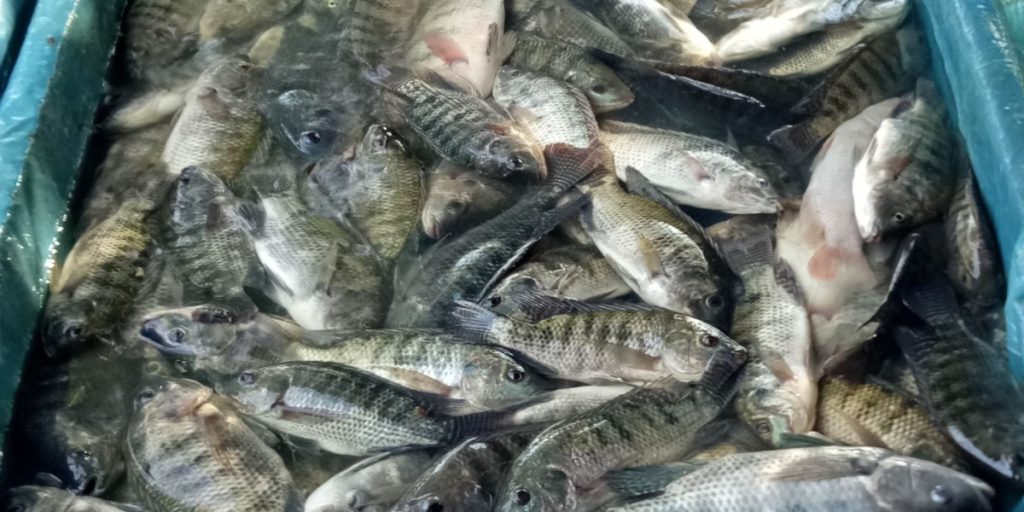Researchers found that trout can suffer up to 10 minutes of disabling, excruciating pain.
Others are reading now
Researchers found that trout can suffer up to 10 minutes of disabling, excruciating pain.
Intense Pain During Slaughter
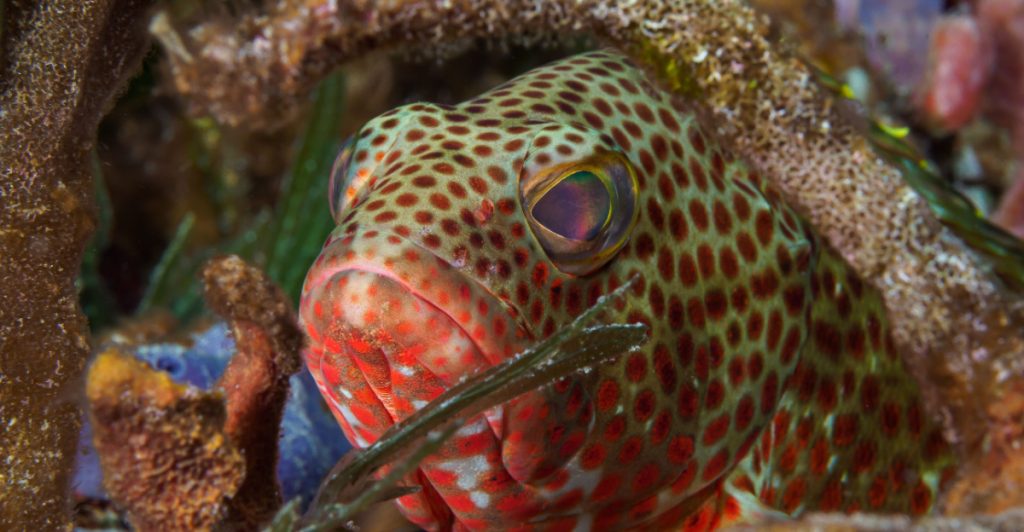
A groundbreaking new study is leaving people disturbed and heartbroken, as it confirms something many suspected: fish experience prolonged, intense pain during slaughter.
The revelations have sparked renewed calls for more humane treatment—and are even pushing some readers toward vegetarianism.
More Than Two Trillion Lives, Mostly Ignored
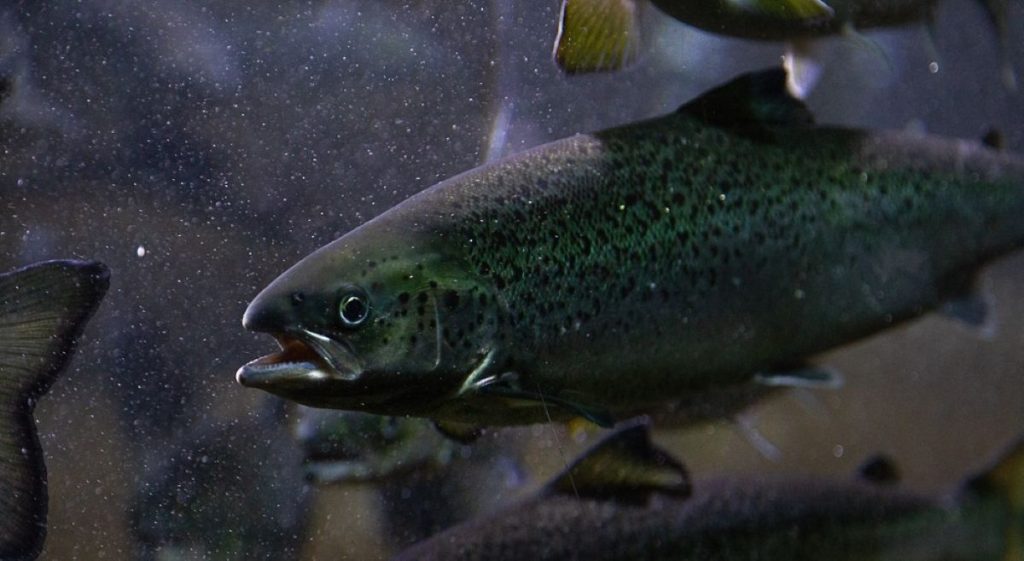
According to Earth.com, over two trillion fish both wild and farmed are killed annually for human consumption.
Also read
Unlike land animals, whose suffering is now often mitigated by legal protections, fish are frequently subjected to slow, silent deaths, hidden from public view and conscience.
The Slow, Suffocating Death of a Trout
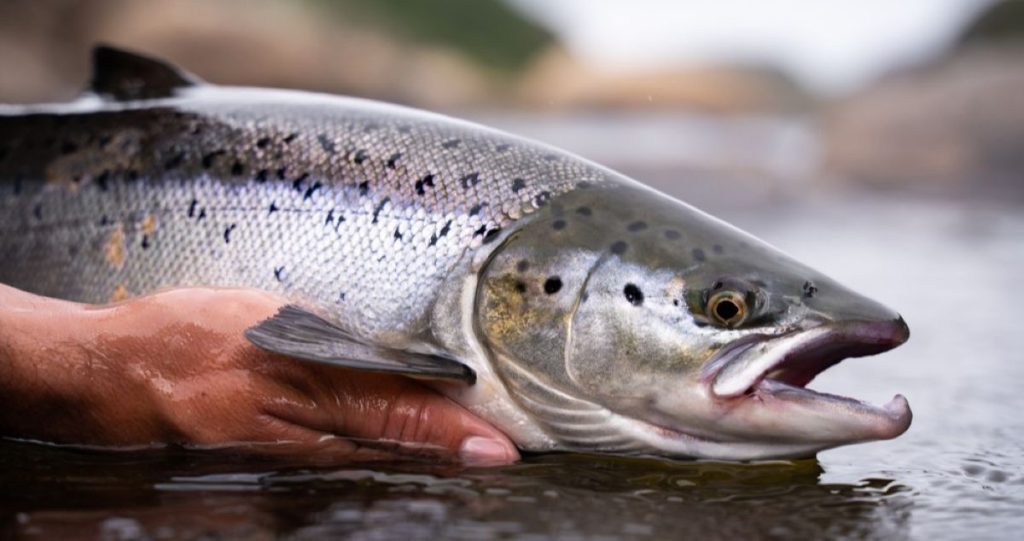
The study, published in Scientific Reports, describes how rainbow trout in particular endure a drawn-out, distressing death when exposed to air, a common slaughter method.
As oxygen drains from their systems and carbon dioxide builds, they enter a panicked state, gasping and writhing as they die.
10 Minutes of Solid Pain, 25 Minutes to Die
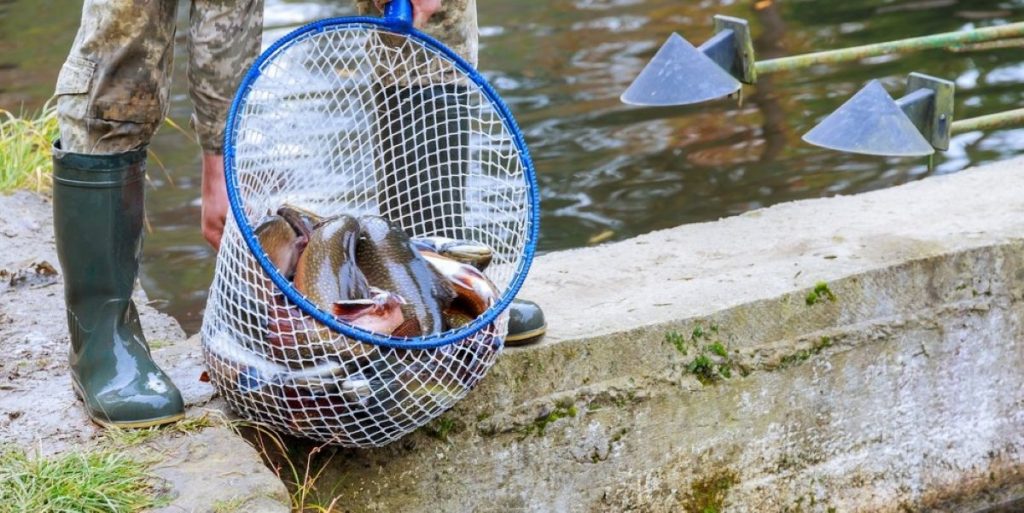
Researchers found that trout can suffer up to 10 minutes of disabling, excruciating pain, with some taking as long as 25 minutes to lose consciousness.
During that time, the fish may experience sheer terror, suffocation, and rising physiological stress that few consumers are aware of.
Ice Isn’t Kinder, It Might Be Worse

Some assume killing fish in ice or ice slurry is more humane, but the data tells a darker story.
Chilling can prolong suffering, trigger tissue damage, thermal shock, and even extend the conscious agony.
The visual of fish gasping on ice is not just uncomfortable, it’s physically torturous.
Cramped, Crushed, and Conscious
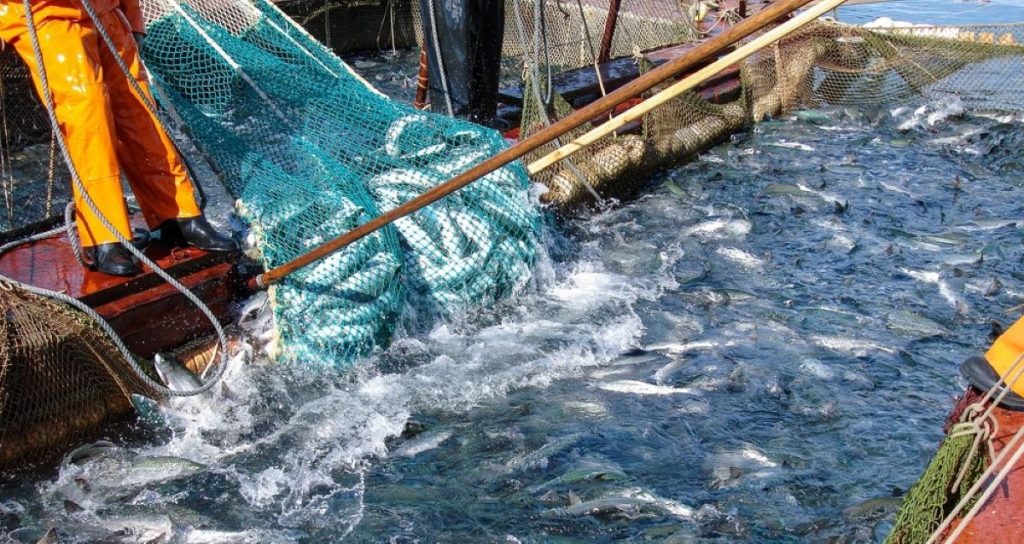
In many commercial settings, fish are crammed together during transport and killing.
Their final moments are spent packed alongside other panicked, thrashing fish, amplifying both psychological and physical distress.
It’s an ending that even hardened meat-eaters are finding hard to stomach.
Social Media Users React: “Worse Than Mammals”
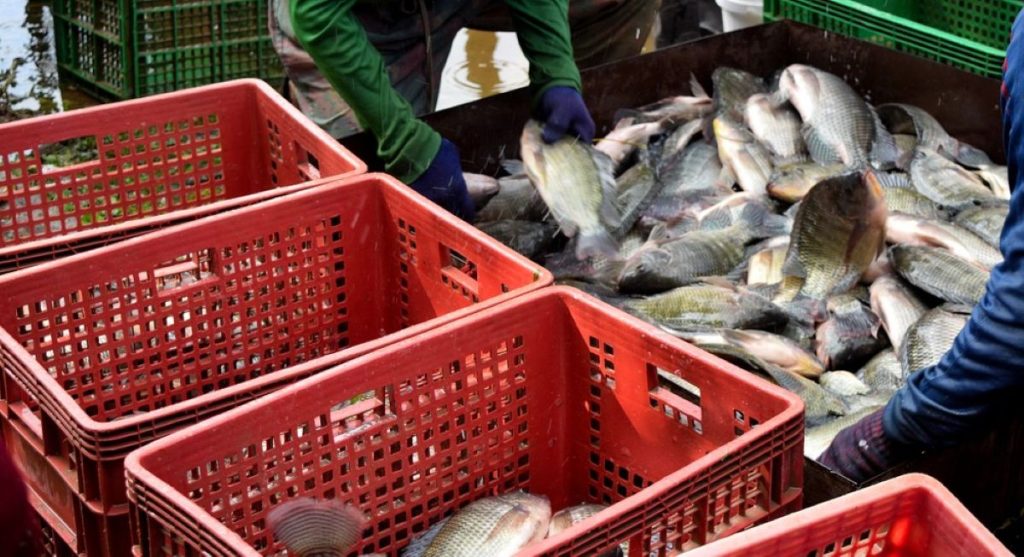
The study sparked outrage online. Reddit users shared their horror:
“That’s way more f***ed up than how we kill mammals and poultry.” one user wrote
Another said: “This is why I hate fishing. It’s just animal torture that’s treated as a fun activity.”
The sentiment was widespread, shock, guilt, and calls for change.
“This Traumatized Me”: The Public Responds
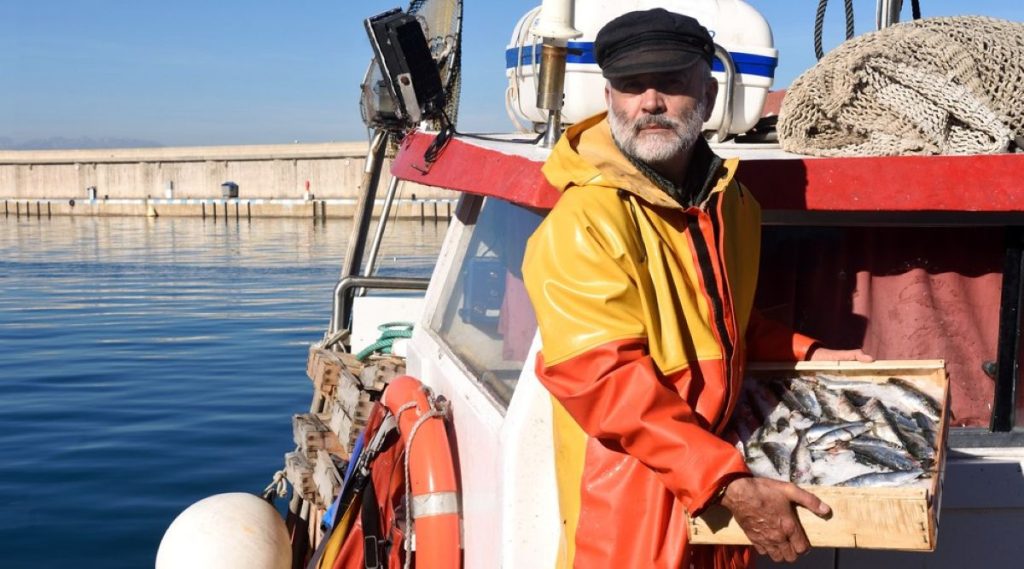
Many said they were genuinely traumatized by the findings, with some reconsidering their diet altogether.
Others pointed out how the cruelty of recreational or commercial fishing often flies under the radar, cloaked in cultural acceptance and habit.
Taste Matters Too And Suffering Makes It Worse

Some commenters highlighted another overlooked aspect: taste.
A Japanese study found that fish subjected to prolonged stress released elevated stress hormones, which affected the flavor.
In contrast, quickly and humanely killed fish reportedly taste better.
Humane Doesn’t Mean Pretty, But It Means Better
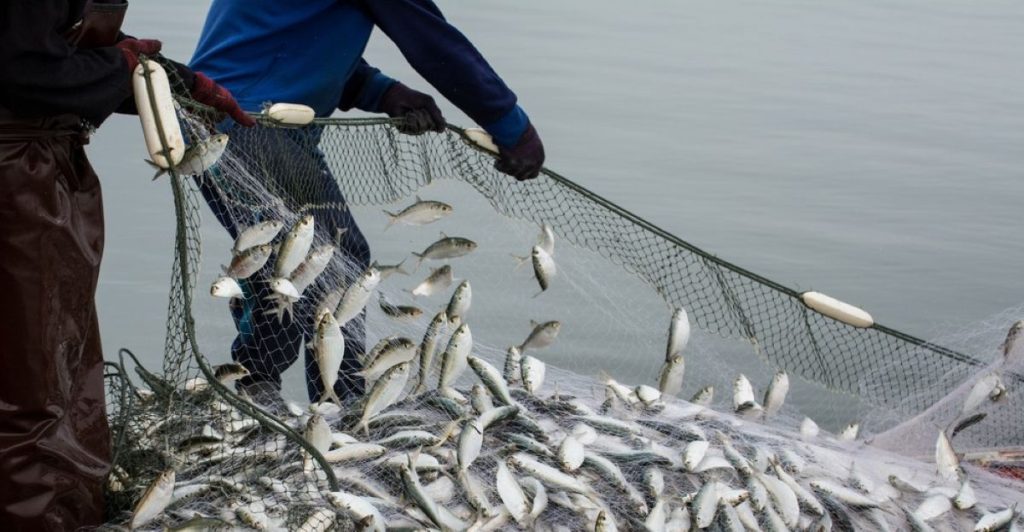
Sport fishers chimed in, describing efforts to minimize pain with immediate “killing blows” after reeling in fish.
“It was violent,” one person admitted, “but WAY more humane than letting the fish slowly die in pain.”
It’s a visceral choice—but increasingly seen as the lesser evil.
Can Electric Stunning Help?
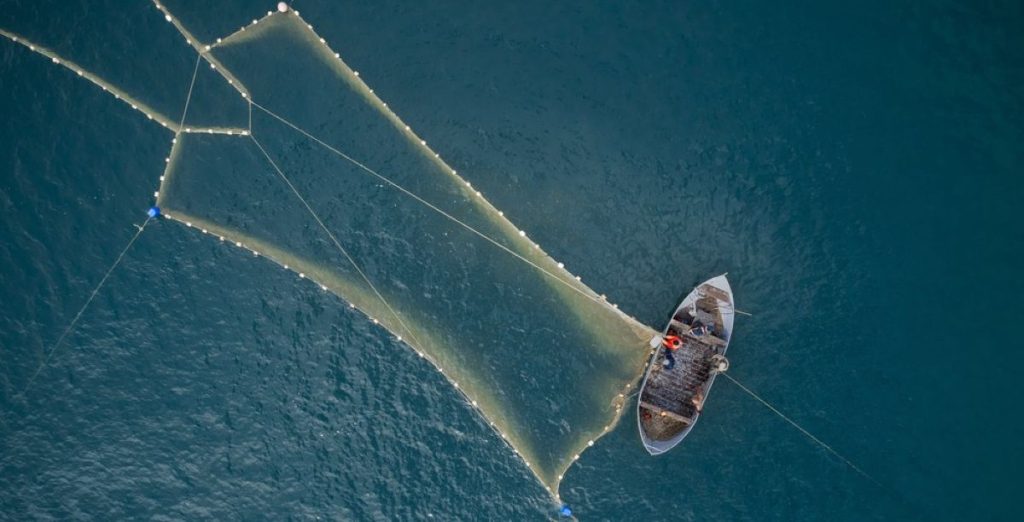
The study advocates for electrical stunning as a humane solution. It can rapidly render fish unconscious, curbing suffering.
Still, not all stunning methods are reliable, and in many regions, they’re not widely used. Calls are growing for stricter regulation in global fish processing.

